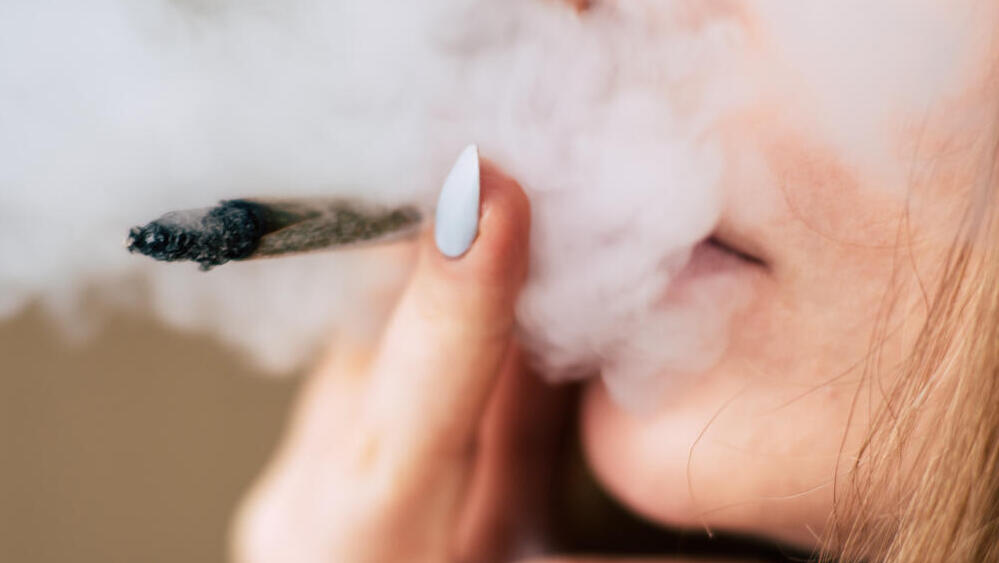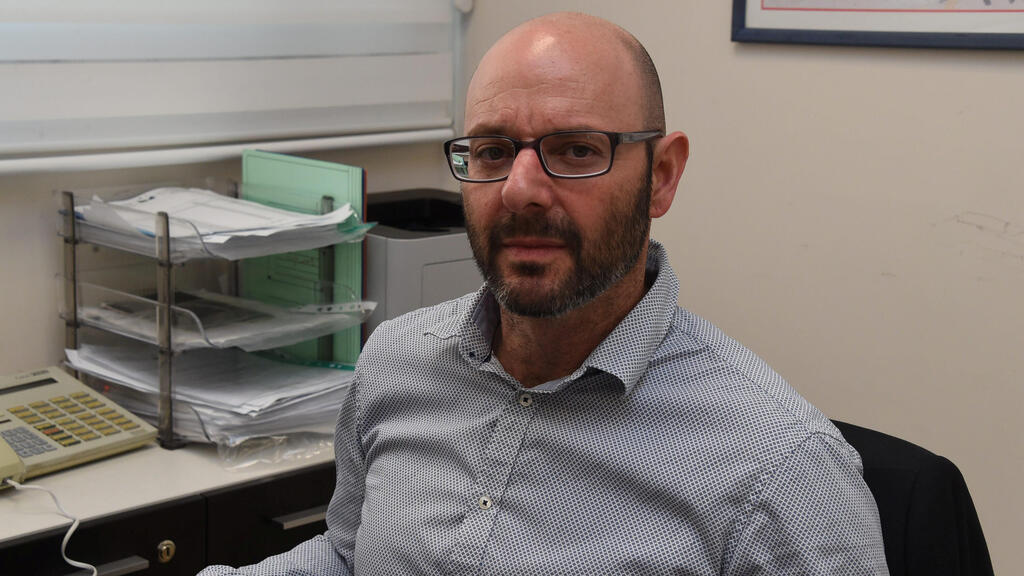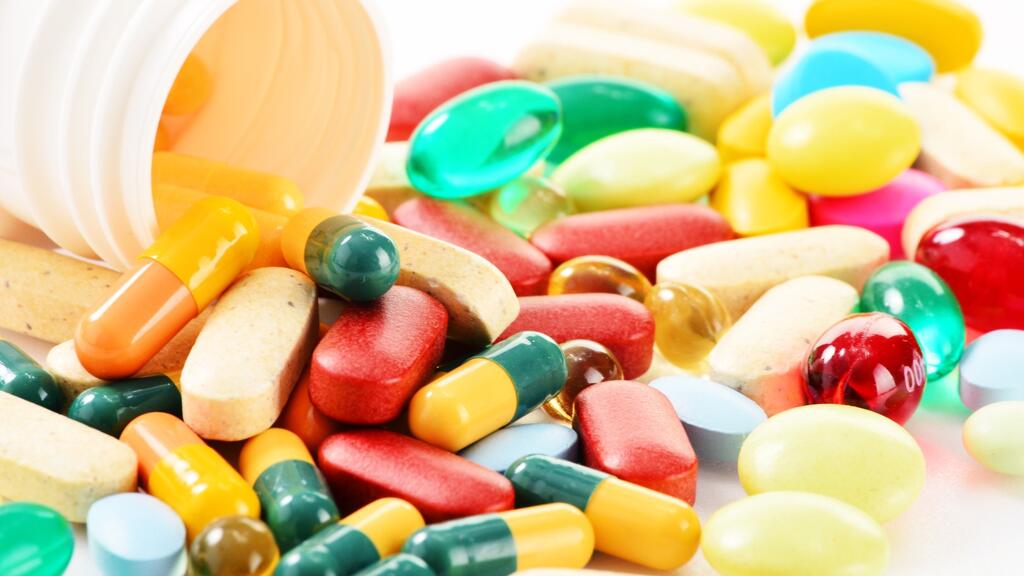Getting your Trinity Audio player ready...
A new report compiled by the Israel Center on Addiction (ICA) and published on Monday showed that the war in Gaza, which has been ongoing for over a year, has dramatically increased the severe symptoms of post-trauma and the prevalence of high-risk substance use among Israelis.
Data on substance use was collected at four points in time: April 2022, December 2023, March 2024 and June 2024. The findings indicate that the rate of Israelis engaging in high-risk substance use (alcohol, cannabis, prescription drugs, and other substances) surged since the outbreak of the war, with one in four Israelis (25%) being affected — a figure that has remained stable over the past year.
ICA co-founder Prof. Shaul Lev-Ran explained that the connection between post-trauma and increased substance use is well-known, “Where there’s more trauma, there’s more substance use. These substances might provide temporary relief but significantly worsen the situation over time.”
According to the report, in April 2022, the rate of Israelis engaging in high-risk use stood at 22.7%. With the outbreak of the war, the national average jumped to 26.1% in December 2023, rose slightly to 26.6% in March 2024 and saw a moderate decline back to 25% this past June.
“Although we’ve seen a slight decrease in recent months, it’s still a sharp increase compared to the period before the war,” Prof. Lev Ran explained. “It's important to note that high-risk substance use, including alcohol, cannabis, addictive prescription drugs and various other substances affects wide segments of the population across different age groups.”
“However, it’s particularly crucial to pay attention to the findings regarding at-risk populations — especially youth and young adults, evacuees, those who served in the military during the war and people who experienced direct trauma,” he added.
A geographical breakdown of the data reveals that the pattern of high-risk substance use isn’t uniform across the country. The largest spike in high-risk usage was recorded in the north, with an increase of 8.5%, accounting for 28% of the northern population.
The second-largest rise was in the wide Tel Aviv area, where a 5% increase brought the rate to 29.5% of the population. The south, saw a 4% rise, totaling 26% of high-risk users, while Jerusalem saw a 2.4% increase, also reaching 26% of the population engaged in substance use posing risks.
Two regions showed a slight decline according to the data, the central region and the Sharon area, where a 1% drop was registered, bringing the total to 22% of the public. Haifa, Hadera and the surrounding areas saw a 3% decrease, with the high-risk substance use rate at 21%.
Another notable statistic was the use of sedatives, which increased 2.5 times throughout the year-long war — from 3.8% before the war to 9.5% of the Israeli public as of June 2024.
"When looking at the overall data, it's clear that a national-level response is needed, with a focus on at-risk populations," Lev-Ran explained.
"This means that all existing programs across the fields of society, education, welfare, resilience, health and mental health should include as a fundamental part of their operations a system that focuses on the prevention and early detection of high-risk substance use, effective interventions and referral for treatment when necessary."
Get the Ynetnews app on your smartphone:





